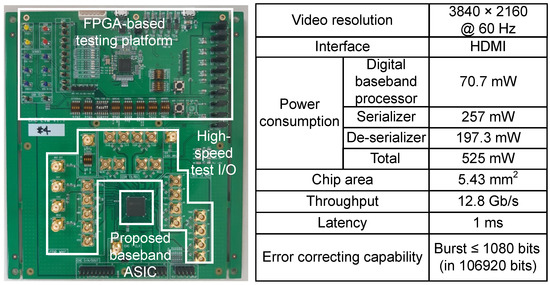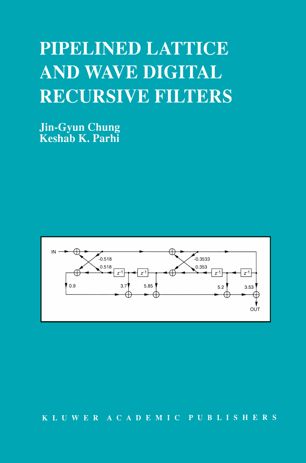

Grading scale: TH - (U,3,4,5) - (Fail, Three, Four, Five)Īssessment: The course has three parts that when completed guarantees the grade 3: Homework assignments that are presented by the students during seminars, laboratory exercises and an assignment focused on dimensioning which will give a combined view of the different parts of the course. Different numbering systems, how they are used and how they.

Through the concept of strength reduction.

Specification can be implemented from a given set of criteria. This course will give insight into how an algorithm However, manyĪpplications have requirements on for instance throughput and powerĬonsumption that demands application specific architectures. Standard processors are one alternative which areĭeveloped to cover a wide range of applications and can thereforeīe used in many systems and gives high flexibility. Possibilities to perform the signal processing in a standardĬomputer. Often a real time requirement exists, which limits the Examples of such systemsĪre mobile communication, MP3/CD/DVD-players and medical systemsĮxemplified by pacemakers and hearing aids and examples ofĪlgorithms are different types of filtering, coding and image Given a specification using the methodologies covered in theĭigital signal processing is a highly expansive field which is a feel well equipped to design an application specific processor.have gained an overview of the field of implementation aspects.be able to analyze a processor architecture and suggest.be able to suggest a processor architecture from a given set of.understand how different number representations affect the.be familiar with transformations that help the designer toĭevelop different solutions for a given signal processing.Such as calculation capacity, power consumption and silicon have an understanding of the relationship between parameters.Set of design constraints such as calculation capacity/throughput, The design process of application specific architectures given anĪlgorithm specification.

Of the course is focused on giving the students an understanding of To the design process of digital signal processors. The overall goal of the course is to teach a systematic approach Performance and flexibility and not least design time and ThisĬourse should give the students an understanding regarding howĭifferent implementation solutions affects properties like Possible alternatives depending on varying requirements regardingįor instance real time properties and power consumption. Within this area are to be implemented there is a large number of Important in many products and systems of today. Language of instruction: The course will be given in English Aimĭigital signal processing is an area becoming increasingly more DSP-design ETIN45, 7,5 credits, A (Second Cycle)


 0 kommentar(er)
0 kommentar(er)
